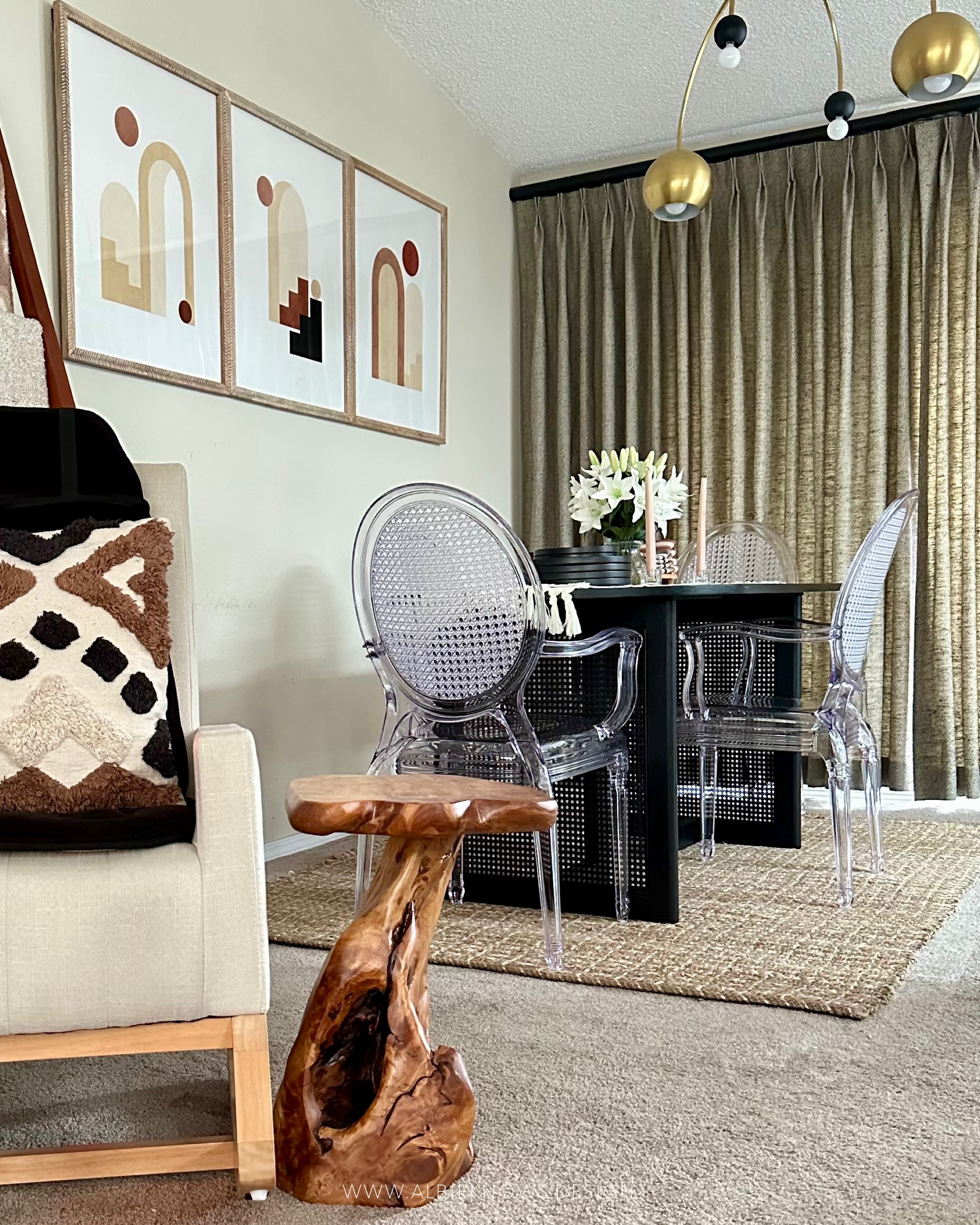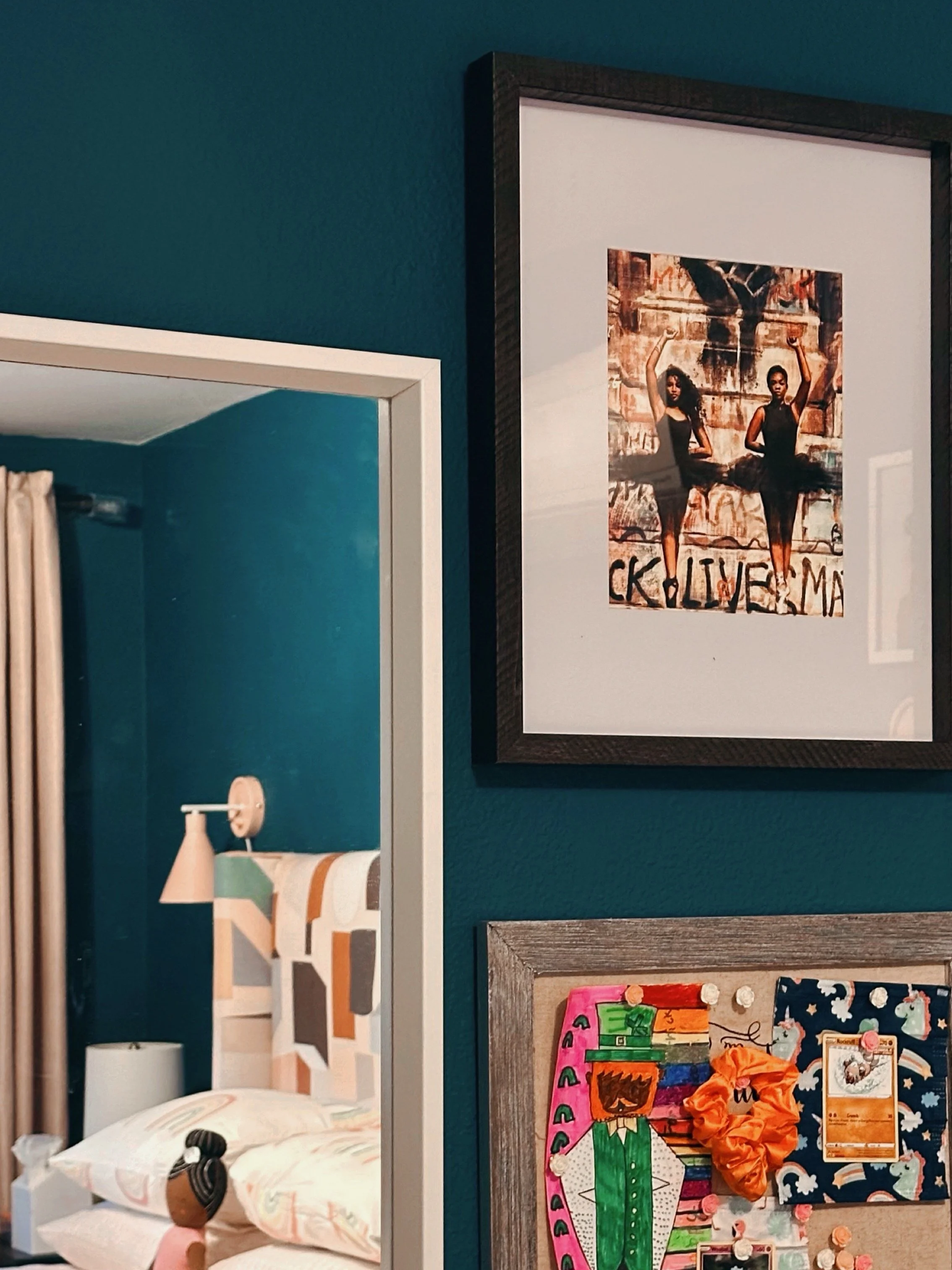How To Choose The Best System For Your Business
When you're working for someone else, there are a lot of business responsibilities that you don't necessarily have to worry about -- things like administrative systems & back-end operations -- but as an entrepreneur, all of these are up to you to coordinate, which can be overwhelming & intimidating.
As part of our initiative to educate designers & provide them with curated resources, we hosted our Savvy Systems Week with 5 platforms that could suit your unique business model:
Navigating systems, especially as an entrepreneur operating in the digital space, requires a lot of research and discernment. With so many options available, it can be confusing & overwhelming, which can lead to decision fatigue & plain ol' paralysis in business; so our goal is to really quiet the noise, inspire discernment, and encourage informed action.
Key Factors to Consider
When choosing a platform, there are a lot of factors to consider but the top 3 that should be on your mind are:
how the platform fits into your process -- not how your process fits the platform
what the client experience will look like -- because their ease of use is just as valuable as yours
cost -- noting that the price of your chosen platform is part of your business overhead
While each of our businesses is going to look differently, there are certain "universal" features that we can all find value in & therefore look for when choosing a platform.
Contracts & Invoicing
As a business owner there are 2 things you are going to want to make sure you can do:
get signed agreements to protect yourself
get paid because DUH!
This has nothing to do with whether or not you do on site, in person design or virtual design -- you are going to want to have a way to get contracts to & from clients, and a way to get paid for your services.
While possible with all of the platforms we recommend, it is going to look different for each and so this is where knowing your preferred process is going to come into play.
Platforms like MyDoma & Dubsado have the native capability to send, receive, and store contract templates for different jobs. What this means if be it a contract with a client, a vendor, an affiliate, or whomever, you're able to create it, have it signed, and keep it [digitally] safe for future reference -- all within the platform.
Both the aforementioned platforms allow you to input your own contract that is legally bound once signed. Woohoo! Yay for legalities!
So what do you do if the platform you choose doesn't have this native feature?
With platforms like SignNow, DocuSign, Adobe Sign, and HelloSign you can easily secure your clients' signatures, then import the file (assuming you export to a PDF) to your preferred platform. Gather, DesignFiles, and The Design Network all allow you to upload external files, so your contract can live alongside all the creative assets of your project.
Product Management
So as designers -- in person, online, or both -- one thing we have in common is the shopping! We specify A LOT of product, even if we're not doing the purchasing, for clients & projects. So where & how are we supposed to store all those fabulous finds?
Pinterest?
Wishlists?
The cloud?
There has to be a better way right?
With MyDoma, Gather, and DesignFiles, you have the built-in feature of product clipping AND storing!
What does this mean?
It means you're able to save products from vendor websites directly to your account, creating a sort of curated product library for a specific project or for you to refer to later for future projects.
With a browser extension/bookmark tool, you can clip pieces as you're browsing the interwebs, grabbing relevant details like the product image, manufacturer, description, price, and URL (which you could manually change to an affiliate URL, by the way!) for keeping both you & your clients organized.
“What if my platform doesn’t have a product clipper?”
If you're using a platform like Dubsado, or The Design Network that doesn't have a robust product clipping features, no worries! Both of these platforms allow you to manually import images; so while not storing it in a digital library for you, you will be to have them accessible in your system by manually inputting the information, including the image.
What to consider here is how paramount product procurement (say that three times fast!) is to your business model. Is this a deal breaker for you? I can't imagine as a designer not seeing the value in product management, but how you manage your sourcing will come down to what role it plays in your overflow workflow.
Client Collaboration
One of the common objections I tend to hear about dealing with clients in the digital space is how to best facilitate communication.
If you decide to use email, you may start to drown in your inbox from all the messages your fielding, which can also result in messages getting lost and/or going unread.
If you're feeling a bit more progressive and choose to use text messaging, you run the risk of blurring the boundary lines, with clients feeling that because it's a more casual form of communication, they can reach out to you at all hours with all kinds of requests.
So how are you supposed to track all the back & forth dialogue that is a natural part of the design process?
Each of the 5 mentioned platforms has their own iteration of collaborative chat features, be it a quasi-thread interface that can sync to your regular email or more individualized "commenting" within a project.
No matter how it shows up, what's key to consider here is YOUR preferred communication style -- as the lead on the project, you're responsible for steering your client, so you need to know do you prefer itemized conversation with the focus being on one item at a time or are you more of a holistic talker, so the dialogue is more fluid.
Services Packages
There are quite a few schools of thought when it comes to providing service packages, meaning offering different tiers of service to clients:
On the one hand, it's believed that by diversifying your offerings, presenting a multitude of options to clients, you are able to leverage different aspects of your talent while also ensuring that you're meeting every potential client where they are, versus a "one size fits all" service.
On the other hand, it's believed that by simplifying your offerings, potential clients can self-select, because by curating your service down to the one(s) that make your heart sing, you minimize the number of "do you do..." inquiries. No matter which side of the aisle you land on, there's still a very strong chance (1) you're not just offering one solitary thing -- at the bare minimum, I imagine you have a consultation option & a service option -- and (2) no matter the size of your service catalog, you're going to want to present it in a way that clients can easily navigate!
So what does this look like for each of the platforms we're chatting about?
MyDoma & DesignFiles each have a dedicated feature for packages, while Dubsado has their proposal feature which is a very close similarity.
All allow you to essentially designate your offerings based on what they include and/or price point, but where they really stand out is your ability to embed these packages on your website -- no more bootstrapping with 17 different links to get paid!
While Gather doesn't have a specific designation for packages, a workaround is possible -- it just wouldn't be the most efficient option if packages are a critical part of your business model. Instead, with a platform like Gather, it would better serve you to present your packages with your payment processor, since you can't invoice through Gather either way.
This is currently also the case with The Design Network, however, when their eDesign platform officially rolls out (as of July 2018, it is in its beta stages), as a designer using this feature, you could list your packages, what they include, and how much they cost, allowing clients to purchase your package directly through the platform.
The big question here is whether or not packages -- be it your services or some other prepaid offering -- is a major moneymaker for you that requires a robust presentation or is it something that you can do without.
Presentation & Delivery
This is where it gets REALLY fun and therefore requires probably the MOST discernment & research -- how you're presenting & delivering the new design to your client.
With this, we aren't just talking about the final delivery; this can also include:
initial design proposal
product spec sheets
client styling guide
final shopping list
These different touchpoints are all critical to the overall client experience but also to your brand experience -- are you just cobbling together bits & pieces of information that the client now has to sort through, or are you ready for a more "grown-up" presentation?
Each of these platforms overs options for delivering assets in a way that is good looking, streamlined, and to some extent, customizable -- from exporting PDFs to private client studios, and in some cases, both, meaning the client can not only log in and see all their deliverables but you can also provide them with a sort of digital (or printed out) packet.
Because every single platform offers their version of delivery, you really can't go wrong. What'll differ is the means of delivery & how it fits into your unique workflow.
Our systems should be as uniques as our businesses and, to that end, there will likely never be a "one size fits all" platform for your business model -- to some extent you are going to have to "outsource" key components of your business.
The lessons here are more about tightening up the systems that allow your business to be a business -- systemized & efficient operations contributing to your bottom line!
The systems we talk about here -- MyDoma, Gather, DesignFiles, Dubsado, and The Design Network -- can all contribute to the growth of your business, and in some cases, you may not be using one exclusively.













